โรคและการรักษา
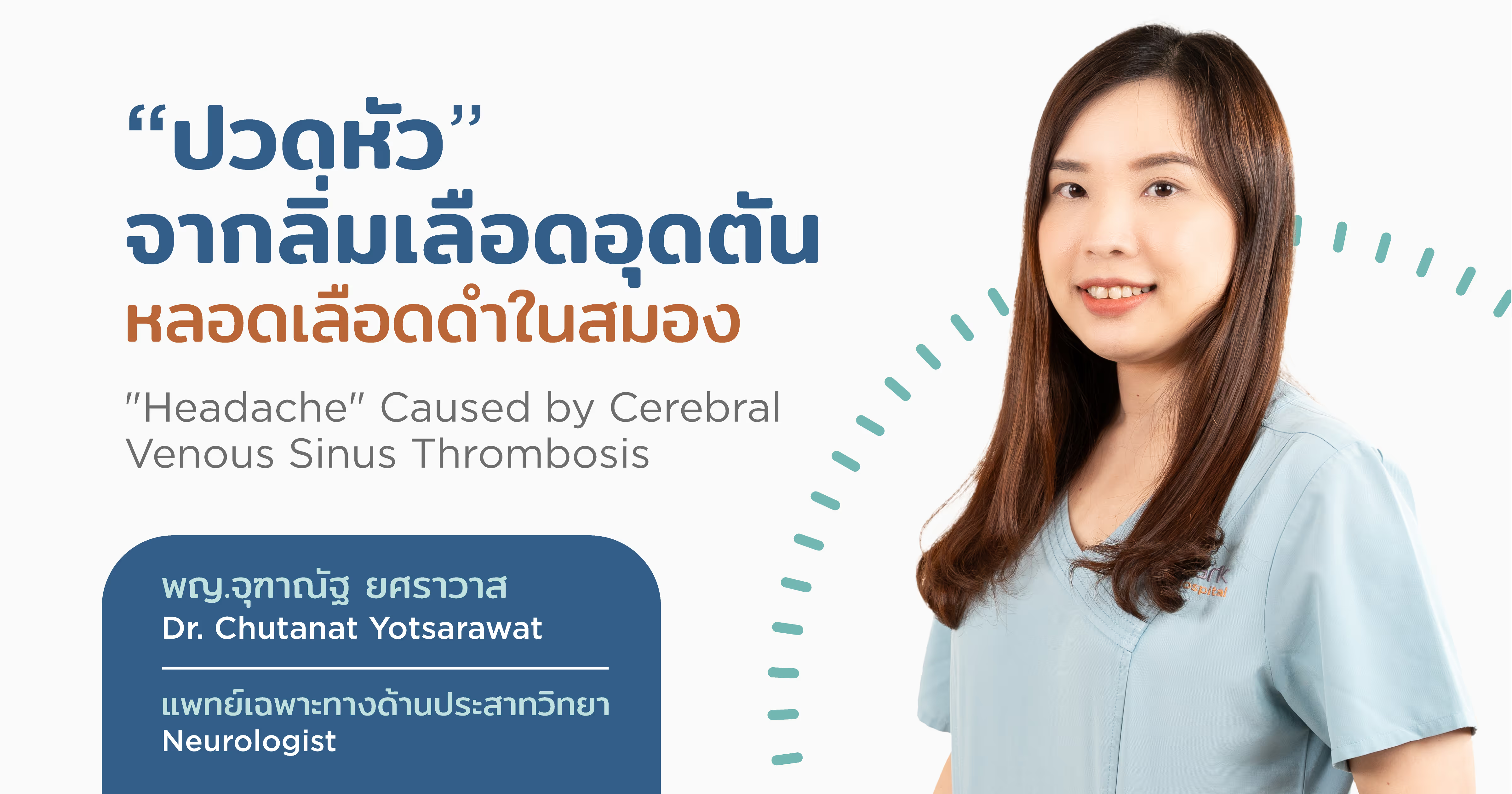
อาการปวดหัว จากลิ่มเลือดอุดตันหลอดเลือดดำในสมอง
ปวดหัว หรือ ปวดศีรษะ อาการสามัญประจำบ้านที่ไม่ว่าใครก็ต้องมีประสบการณ์ปวดกันมาบ้าง ไม่ว่าจะปวดมากปวดน้อย ปวดข้างเดียว ปวดเข้าเบ้าตา ปวดทั่วใบหน้า สารพัดปวด ซึ่งอาการเหล่านี้มีสาเหตุหลากหลาย
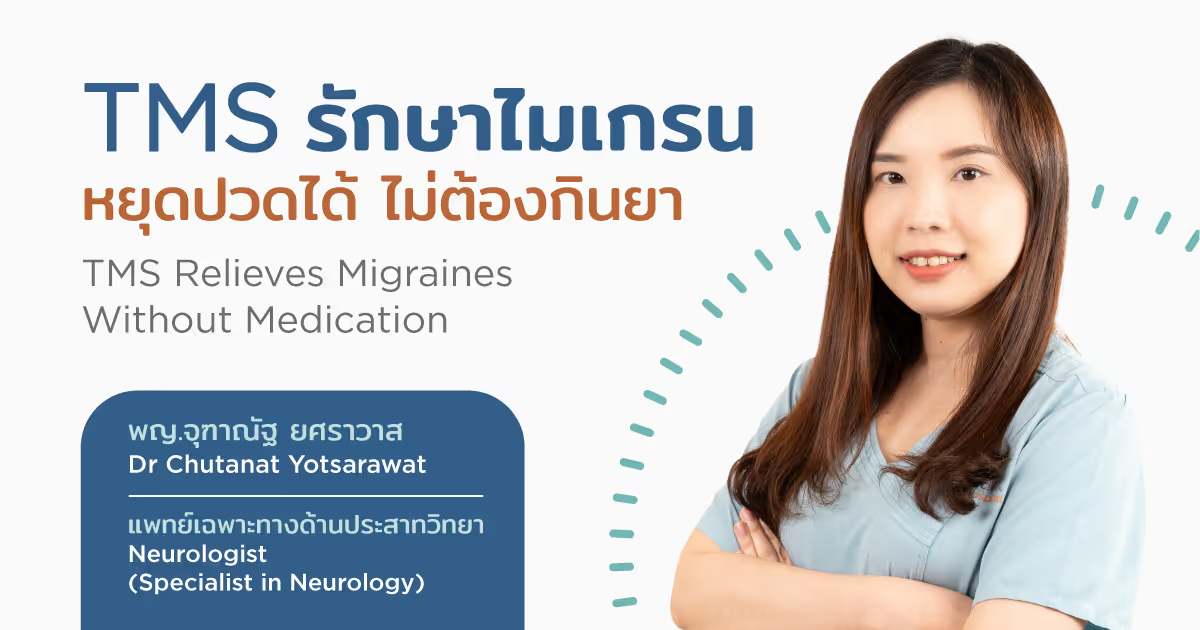
TMS รักษาไมเกรน หยุดปวดได้ ไม่ต้องกินยา
TMS (Transcranial Magnetic Stimulation) คือการกระตุ้นสมองด้วยคลื่นแม่เหล็กไฟฟ้า หลักฐานทางวิทยาศาสตร์พบว่า ได้ผลดีกับการรักษาไมเกรน หยุดอาการปวด ลดความรุนแรง สามารถป้องกันการเกิดไมเกรน
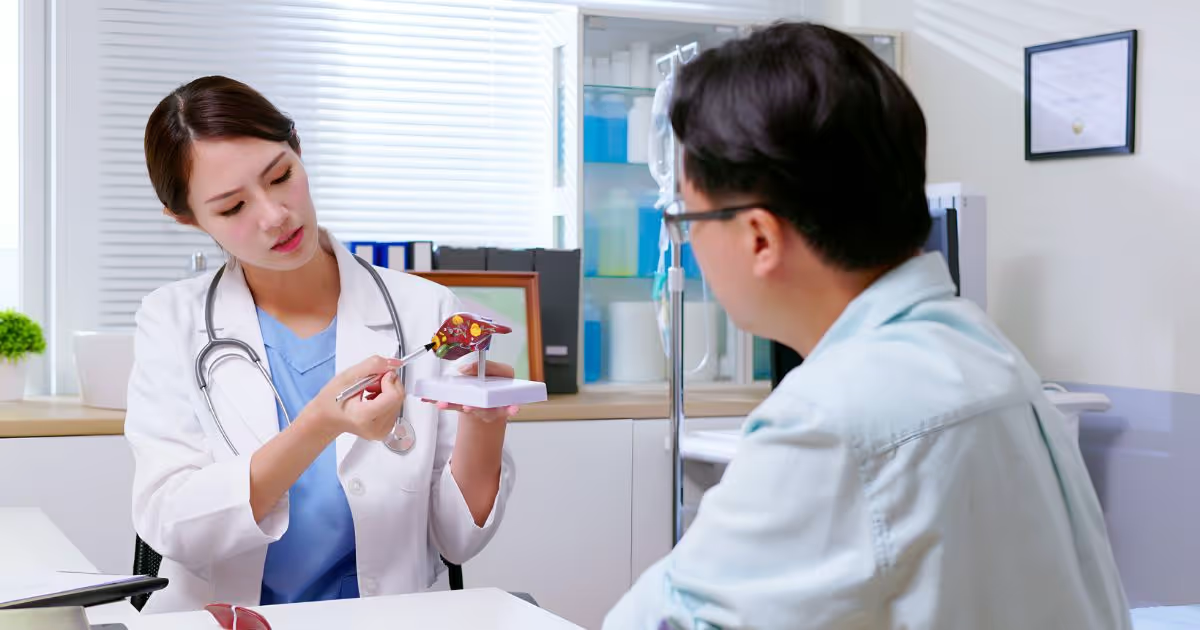
รักษามะเร็งตับ โดยการจี้ความร้อน RFA หรือ MWA ข้อบ่งชี้ ข้อดี
รักษามะเร็งตับ โดยการจี้ความร้อน (Ablation therapy for liver cancer) คือ วิธีรักษามะเร็งตับโดยการใช้เข็มความร้อนจากคลื่นวิทยุ (RFA) หรือคลื่นไมโครเวฟ (MWA) จี้ทำลายก้อนมะเร็งโดยตรงผ่านผิวหนัง
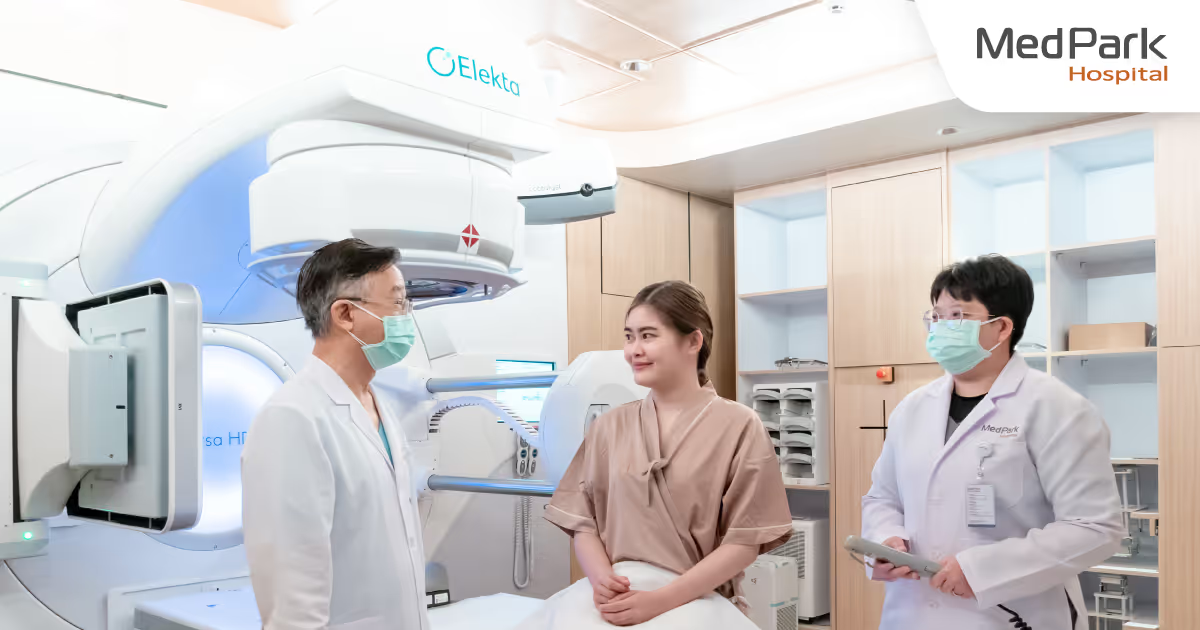
ฉายแสง มะเร็ง รังสีรักษา (Radiotherapy) กี่ครั้ง ขั้นตอน ผลข้างเคียง
ฉายแสง (Radiotherapy) หรือ รังสีรักษา คือ วิธีการรักษามะเร็งด้วยการฉายรังสีพลังงานสูง เช่น รังสีเอกซ์ แกมมา หรืออนุภาคประจุไฟฟ้าไปที่ก้อนมะเร็งเพื่อทำลายสารพันธุกรรม (DNA) ของเซลล์มะเร็งไม่ให้ แบ่งตัว

มะเร็งเต้านม วิวัฒนาการการผ่าตัด แนวทางรักษา ตามระยะของโรค
การรักษามะเร็งเต้านมด้วยการผ่าตัด มีประวัติศาสตร์ยาวนานและเปลี่ยนแปลงไปอย่างมากในช่วง 100 กว่าปีที่ผ่านมา โดยมีเป้าหมายเพื่อเพิ่มคุณภาพชีวิตให้ดีขึ้นและลดผลข้างเคียงที่ผู้ป่วยต้องเผชิญ

มะเร็งเต้านม อาการ การรักษา และปัจจัยเสี่ยงที่ผู้หญิงต้องรู้
มะเร็งเต้านม (Breast Cancer, Carcinoma of the Breast) เป็นมะเร็งที่พบมากที่สุดในบรรดามะเร็งทั้งหมดที่เกิดขึ้นในผู้หญิง จะน่ากังวลแค่ไหนที่ในบรรดาเพื่อนผู้หญิงของคุณทั้งหมด 8 คน จะมี 1 คนที่มีโอกาสเป็นมะเร็งเต้านม

ตรวจหลอดเลือดสมอง (Cerebral angiogram) ข้อบ่งชี้ ข้อดี
ตรวจหลอดเลือดสมอง (Cerebral angiogram) คือ การตรวจหาโรคหลอดเลือดสมอง โดยการฉีดสีหลอดเลือดสมองร่วมกับการทำเอกซเรย์หาตำแหน่งหลอดเลือดสมองตีบหรืออุดตัน สาเหตุที่ทำให้สมองขาดเลือดและเป็นอัมพาต

เลเซอร์ขน ขนน้องสาว ขนรักแร้ ขนขา ขั้นตอน ข้อดี ล่าสุด 2025
เลเซอร์ขน (Laser hair romoval) คือ วิธีการกำจัดขนร่างกายที่ไม่พึงปรารถนาแบบถาวร โดยใช้เลเซอร์ Nd YAG ชนิดความเข้มสูง ยิงไปยังรูขุมขนเพื่อให้เซลล์เม็ดสีดูดซับพลังงานแสง แล้วเปลี่ยนเป็นความร้อนที่ทำให้เซลล์รากขนถูกทำลาย
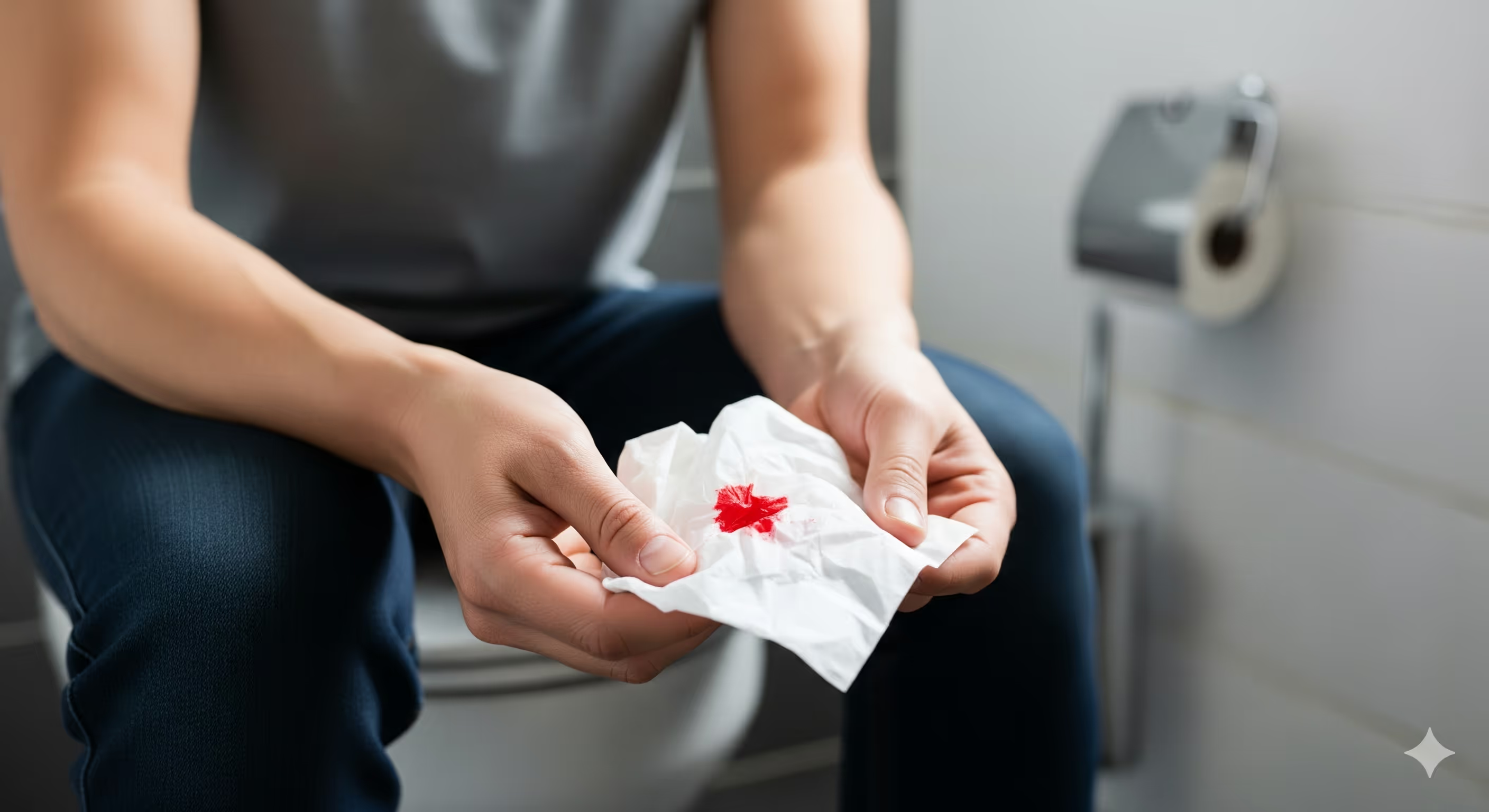
ถ่ายเป็นเลือด สาเหตุ อาการ และความเสี่ยง
ถ่ายเป็นเลือด อาจเกิดจากริดสีดวง แผลทวาร โรคลำไส้อักเสบ หรือโรคร้ายแรง ควรพบแพทย์เพื่อตรวจหาสาเหตุและรักษาอย่างเหมาะสม